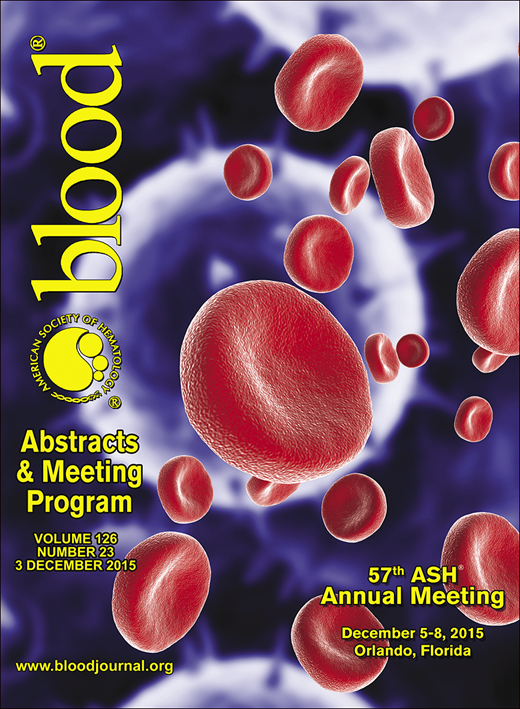Abstract
INTRODUCTION: Essential Thrombocytemia (ET) is the most common of the myeloproliferative neoplasms, vascular complications contribute mostly to both morbidity and mortality. The ability to identify thrombotic risk of the individual patient is necessary for a correct therapeutic management. Traditionally, risk stratification for thrombosis in ET pts was based on the respective absence and/or presence of either age >60 years or history of thrombosis. Recently, the IPSET score (International Prognostic Score Of Thrombosis for ET) was developed to better predict the occurrence of thrombotic events in ET patients. Risk factors included in the new score were: age, cardiovascular risk factors, previous thrombosis, presence of JAK 2 V617F mutation.
AIM: to evaluate the validity of IPSET-thrombosis score in a cohort of ET patients from "Gruppo Laziale for Myeloproliferative Ph negative Neoplasms" in predicting thrombosis incidence.
METHODS: from January 1978 to December 2011 we observed 1249 ET patients, median follow up was 105 months (range 12.1-417.7). We were able to retrospectively evaluate all the IPSET risk factors in 680 ET patients and estimated the clinical implication of the IPSET-thrombosis score system. According to the score 27.3 %, 19.1% and 53.5% of pts were stratified in low, intermediate and high risk group respectively.
RESULTS: median age at the time of diagnosis was 61.8 yrs (range 19.9 -94; 64% females), median hemoglobin was 14 g/dl (range 6-20); median leukocyte count was 8.8 x 109/L (range 1,2-57); median platelets count was 812x 109/L (range 108-3582). We observed, during a median follow-up of 200 months, 82 thrombotic events (total incidence 17,89 %). According IPSET-thrombosis risk, in our ET population was documented a statistically different thrombosis free survival (TFS) (Gray test 0.1316): 85%, 78%, 77% in low,intermediate and high risk group respectively. During all the observation period the intermediate and high risk group showed a similar probability of thrombotic events.
CONCLUSIONS: in our retrospective study the IPSET score was able to differentiate the rate of thrombosis events in low-risk (0-1 risk factors) from that of intermediate (>= 2 risk factors) and high risk (>= 3 risk factors) ET pts. Unfortunately the intermediate and high risk groups show a similar incidence of thrombotic events during the whole observation period. We were not able to verify the clinical benefit resulting from the different treatment strategies. Because treatment options in ET pts are tailored according to thrombotic risk, and since we have specified therapeutic indications for patients with low and high risk, it is necessary to validate the score IPSET in a large prospective, long term study to discriminate a true "intermediate" subset of patients for which there are no currently defined therapeutic guidelines.
No relevant conflicts of interest to declare.
Author notes
Asterisk with author names denotes non-ASH members.

